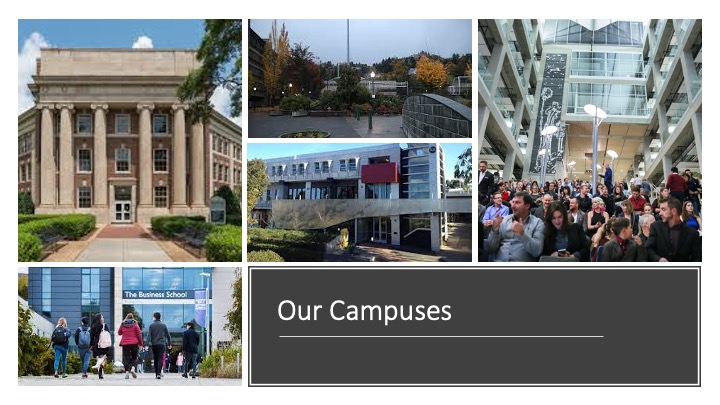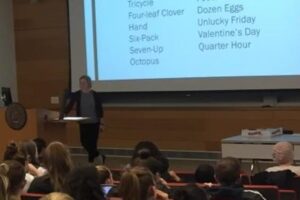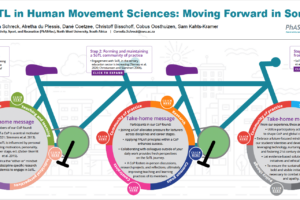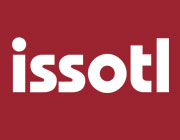Student and Faculty Interpretations of Institutional Websites’ Messaging of Equity, Diversity, and Inclusion
By Joanna Rankin and Andrew Pearl

Globally, there is increasing pressure on colleges and universities to publicly affirm their commitments to equity, diversity, and inclusion (EDI). We chose to look at websites for this research project as they are a commonly used way to communicate institutional values. We have seen a lot of critique around the fact that websites have a tendency to over represent the reality of campus diversity and related policies. Our research sought to continue this line of inquiry by exploring the space between the messages being sent from colleges and universities about EDI and the messages being received by students. While we started the project with a team of faculty researchers, as we began to narrow our scope and refine the questions we wanted to ask, we realized that for our purposes, it was going to be critically important for student voices to play a central role in the project. Using a students-as-partners (SaP) approach we developed a student/faculty research team. The student co-researchers contributed their unique perspectives and insights throughout the entire research process. Collectively, we examined the public websites of our five home institutions (located in Canada, the US, Australia, and the UK.) and found that while a focus on diversity is present, and even pervasive on our universities’ websites, there is also work that needs to be done to effectively demonstrate how these commitments are enacted and put into practice. We cannot overemphasize the importance of implementing a SaP approach in our work. Our research team is fundamentally driven by a commitment to identify, understand, and dismantle barriers to success in higher education, particularly for traditionally marginalized students, and we believe that using a SaP approach provided a pathway to resisting traditional hierarchies and power dynamics in higher education, and allowed our student co-researchers to authentically engage in the research process, addressing and answering questions that directly affect them.
To read the full TLI article, please visit here.




